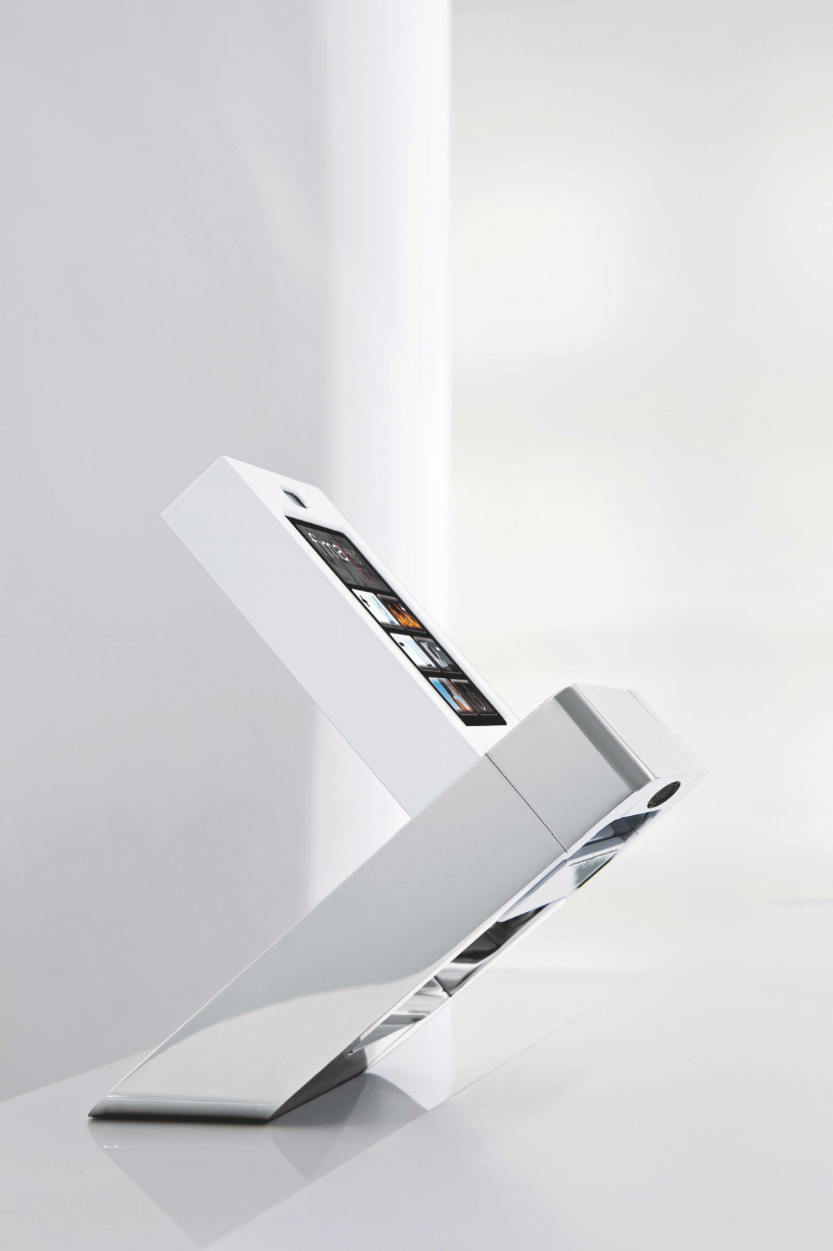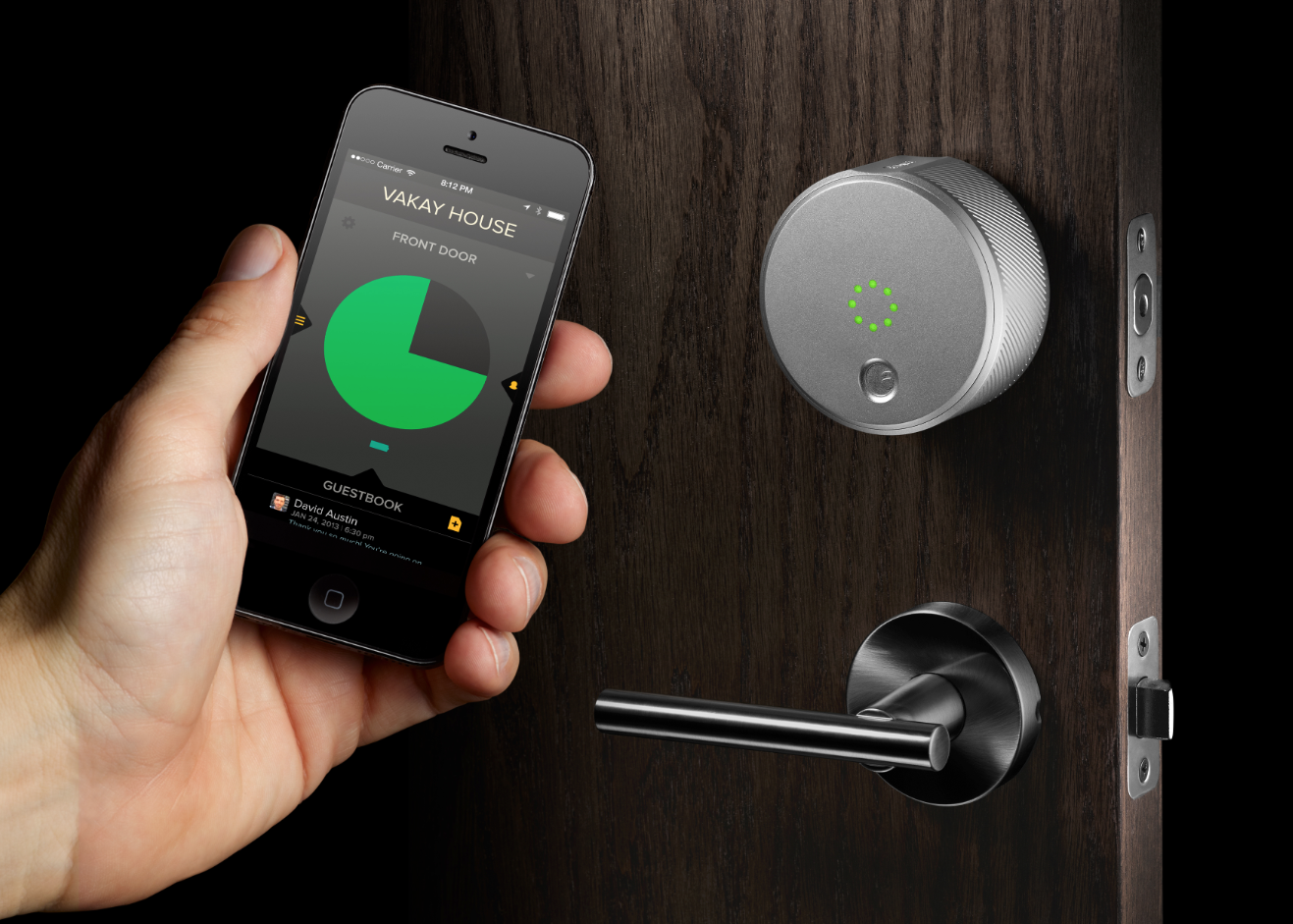Home Improvement: Phoning Home
Italian company Fima Carlo Frattini offers high tech in the unlikeliest of places: the sink. Be it kitchen or bathroom, the Nomos faucet (approximately $4,000) will make washing up a whole new experience. Its electronic control has a user-friendly touch screen with large graphic icons and an intuitive interface that enables users to adjust water quantity, pressure, and temperature to their liking. The smartphone-sized unit sends alerts of system malfunctions or leaks, and monitors water and energy consumption in real time while logging past values.
Smartphone-friendly and smartphone-inspired gadgets for the home make it possible to control a variety of functions at the touch of a button.
Nomos Faucet

Nest Protect
Silicon Valley–based Nest Labs says it reinvents unloved but important home products. On the heels of its hugely successful Nest Learning Thermostat ($249)-an energy-saving thermostat that picks up on the user's schedule and programs itself accordingly-the company is introducing the Nest Protect ($129) smoke and carbon monoxide alarm.
Instead of just beeping, it gives helpful vocal warnings (in English or Spanish) before conditions get dangerous. Low-battery alerts and emergency alarm notifications are sent to a smartphone or tablet, eliminating the annoying chirping sound that often results with people disabling their smoke detectors. No swatting brooms to silence this alarm-simply wave at it.
Families that have both the Learning Thermostat and Nest Protect can access a free Nest user account that allows the products to work together. If Nest Protect's carbon monoxide alarm goes off, the Nest thermostat automatically turns off the gas furnace, a possible source of poisonous carbon monoxide leaks.

August Smart Lock
Renowned designer Yves Behar and tech entrepreneur Jason Johnson think house keys are a thing of the past. The August Smart Lock ($199) works with an exist- ing deadbolt and allows users to send a virtual key to guests or contractors to gain entry into a home via a smartphone app.
Users specify the number of guests they want to have access and how long the keys are virtually active for. Using a Bluetooth LE connection, the door will auto-unlock when visitors arrive and auto-lock behind them when they leave.
Smart Lock isn't connected to a wireless router or electrical service, so it will still function if power or Wi-Fi is down. No more racing home to let out-of-town guests in, and no more asking for keys back when they refuse to leave.
Available for pre-order in a range of colors. Watch video here.

- Topics:
- Home Improvement
- Technology


